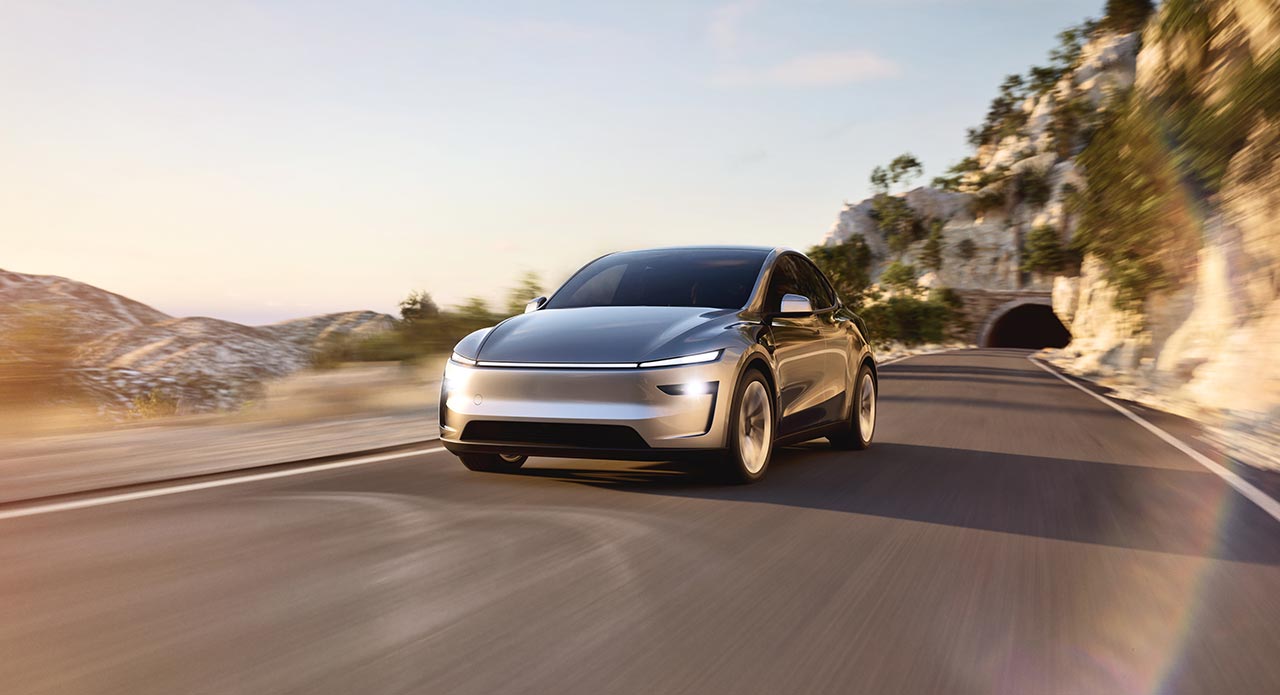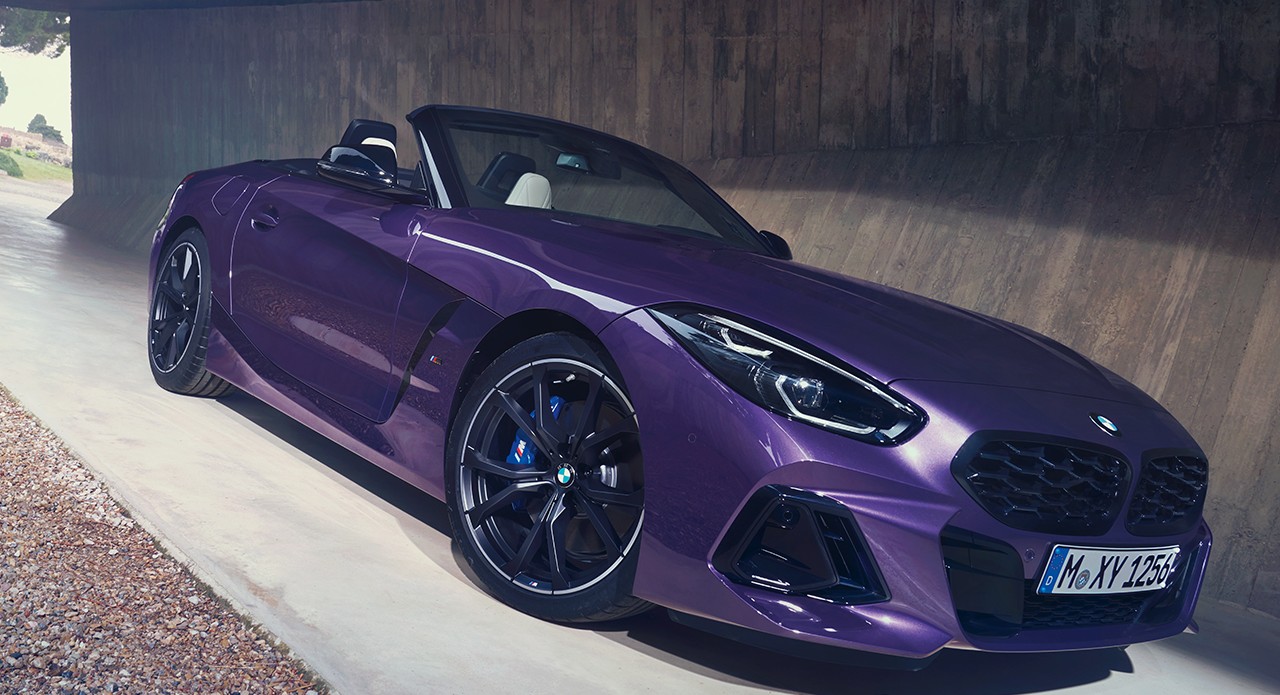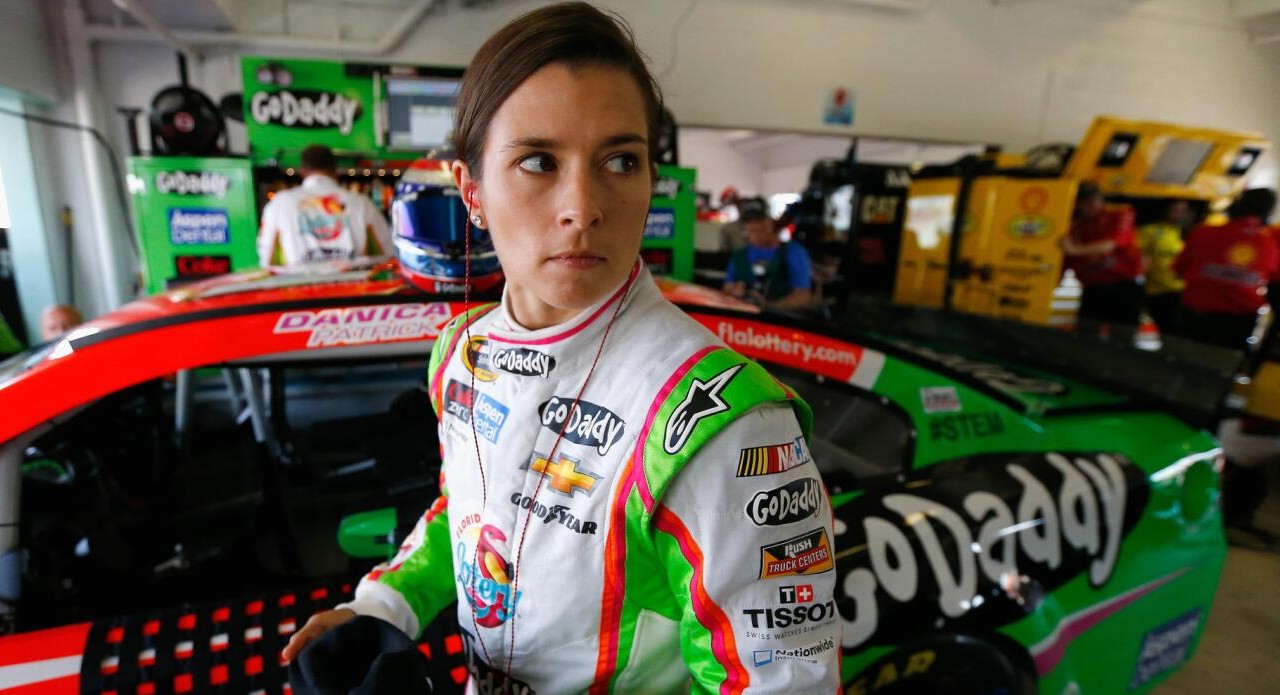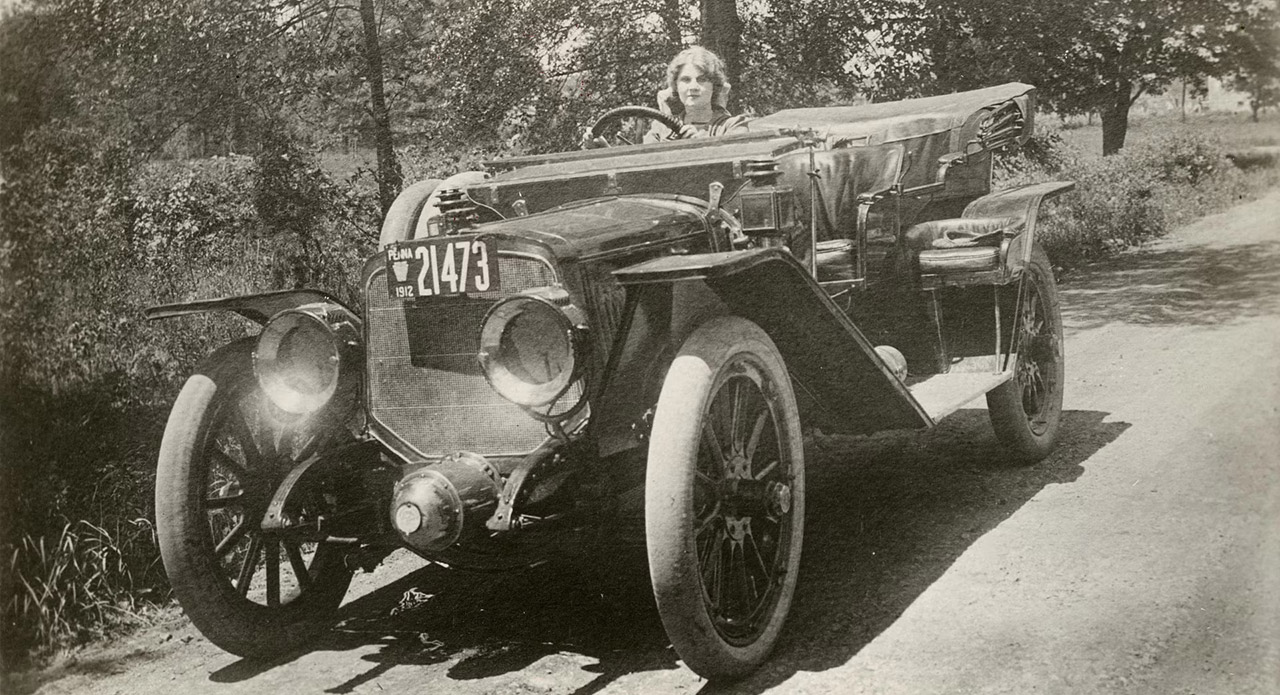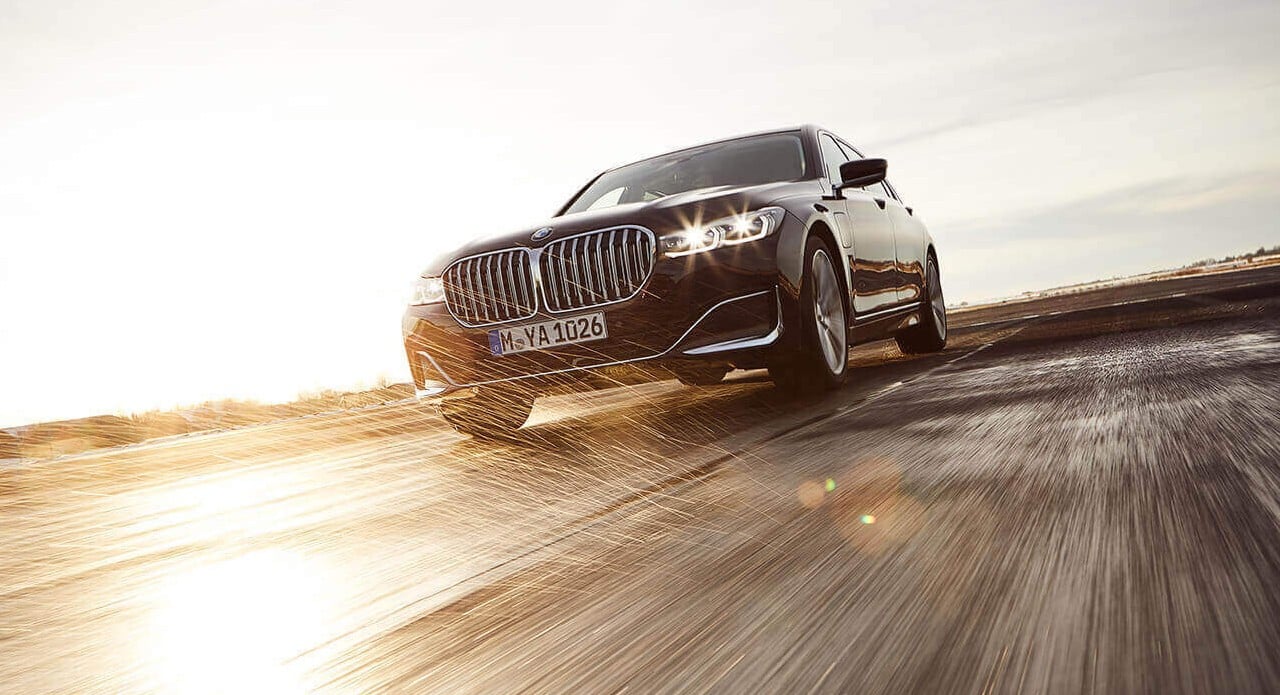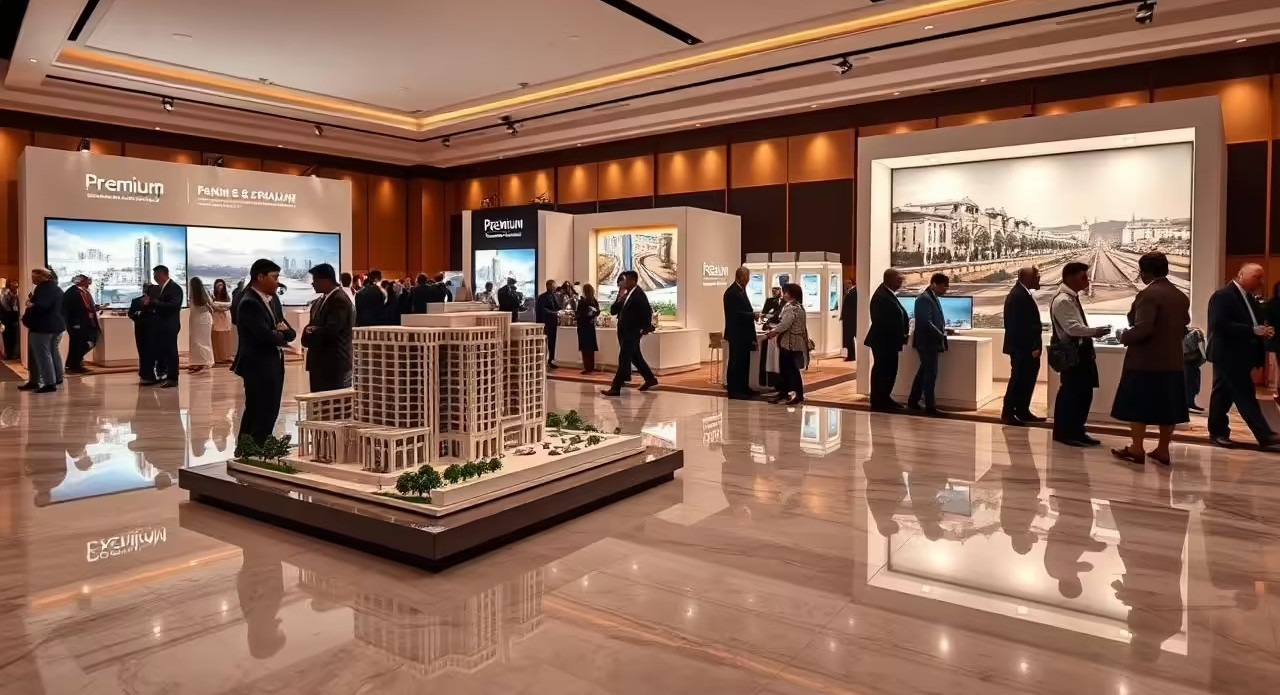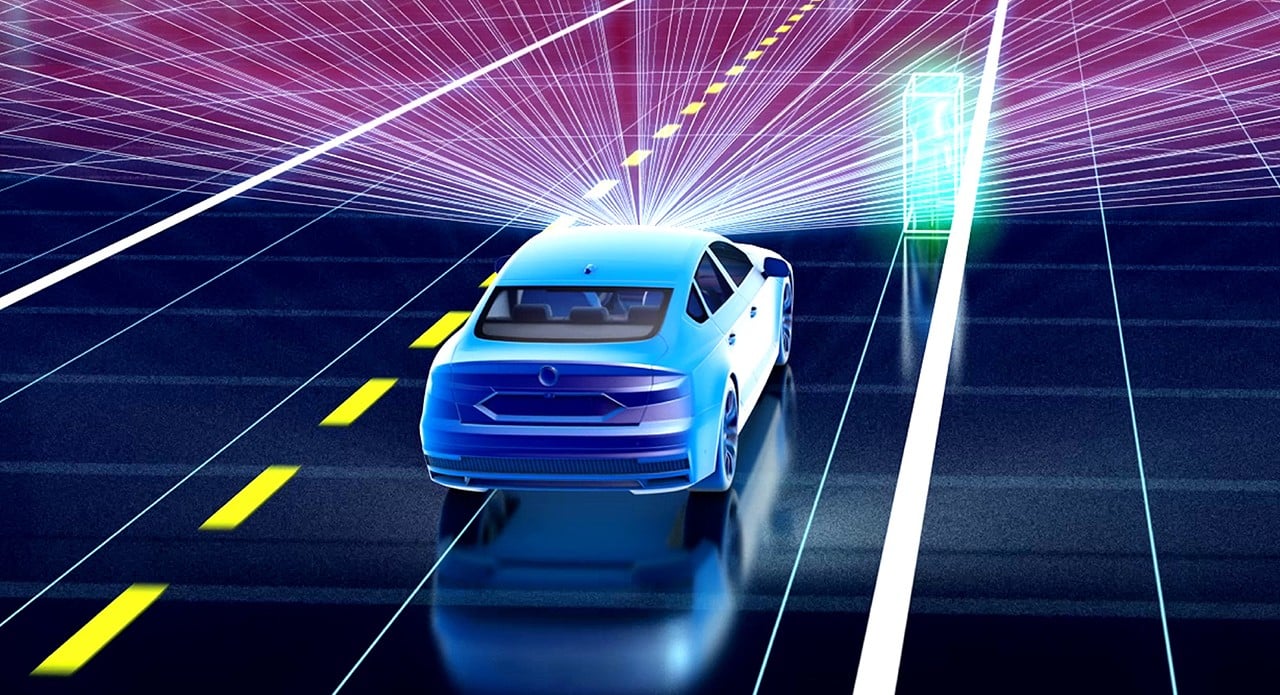Tesla opened its first Indian showroom in Mumbai on July 15, 2025, ending years of speculation with a surprisingly modest entrance. The company launched with just the Model Y, priced between ₹59.89-67.89 lakh, and made it clear they’re here to test the waters rather than dive in headfirst.
The numbers tell the story: Tesla imported exactly six Model Y vehicles for the launch, hired about 30 people, and plans four Supercharger stations each in Mumbai and Delhi. For a company that built half a million cars in China last quarter, this feels more like dipping a toe than making a splash.
The Import Gambit
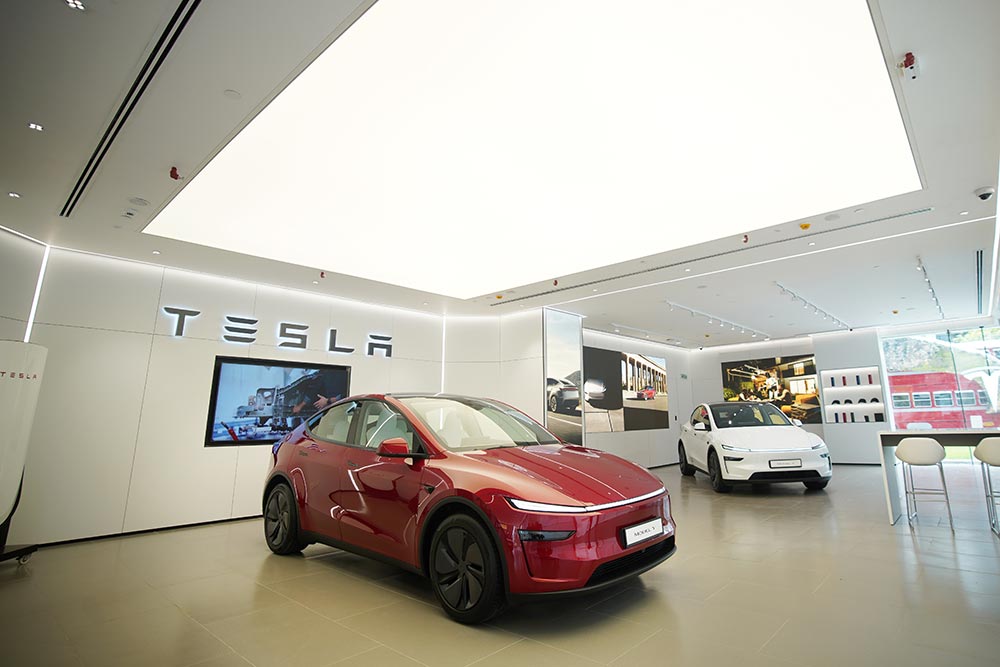
Here’s where it gets interesting. India rolled out a new EV policy in March 2024 offering to slash import duties from 70% to 15% for companies willing to invest $500 million in local manufacturing. Tesla looked at that deal and said no thanks – they’ll stick with the 70% duties for now.
Why would any company choose to pay higher taxes? Because Tesla’s playing a different game. With their global factories running at just 60% capacity, the last thing they need is another manufacturing facility. Instead, they’re treating India as a premium market where wealthy buyers won’t blink at prices nearly double what Americans pay for the same car.
The Model Y that costs $47,740 in the US hits Indian showrooms at $68,000-79,000 after duties and taxes. That’s Mercedes EQB territory, not mass market pricing. And that’s exactly where Tesla wants to be – competing with BMW and Mercedes, not Tata Motors.
What This Really Means For Indian Markets
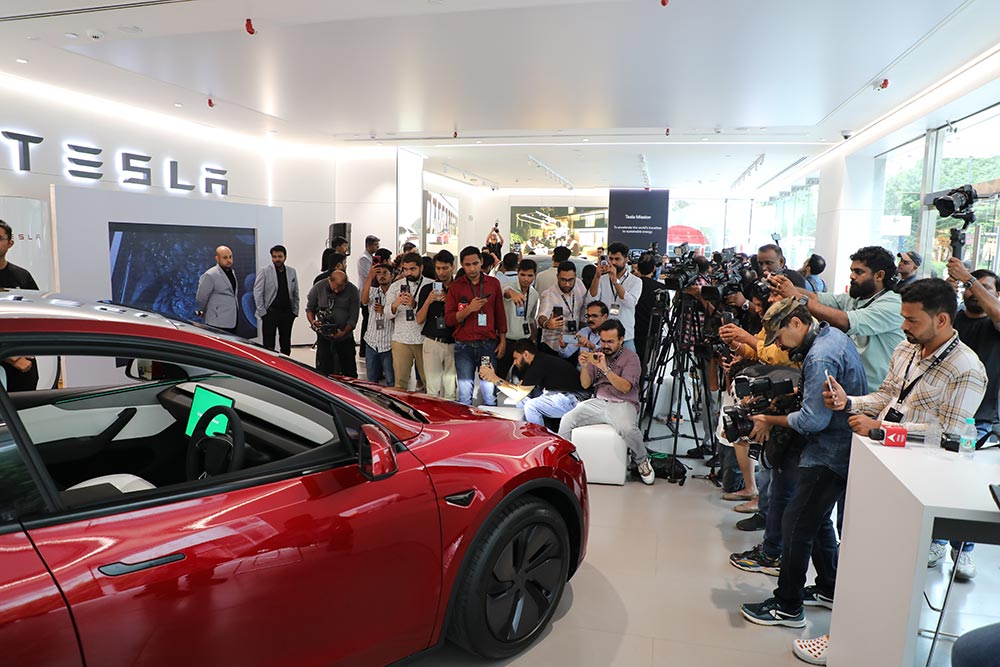
Tesla’s arrival changes the conversation more than the competition. The luxury EV segment, while growing at 66% annually, represents just 6.6% of India’s total EV sales. Tesla isn’t disrupting Tata Motors’ 53% market share or challenging Mahindra’s value propositions. They’re carving out a niche at the top.
The real impact shows up in three ways. First, infrastructure development accelerates. Maharashtra’s Chief Minister already announced expanded charging networks following Tesla’s entry. Second, component suppliers get a boost – Tesla already sources $100 million worth of parts from India and hints at increasing that significantly. Third, it validates India’s EV push to international investors who’ve been watching from the sidelines.
But let’s be realistic about scale. Even optimistic projections put Tesla capturing maybe 1.5-2% of India’s passenger vehicle market by 2030. That’s not market disruption – it’s premium positioning.
The Manufacturing Question Looms Large
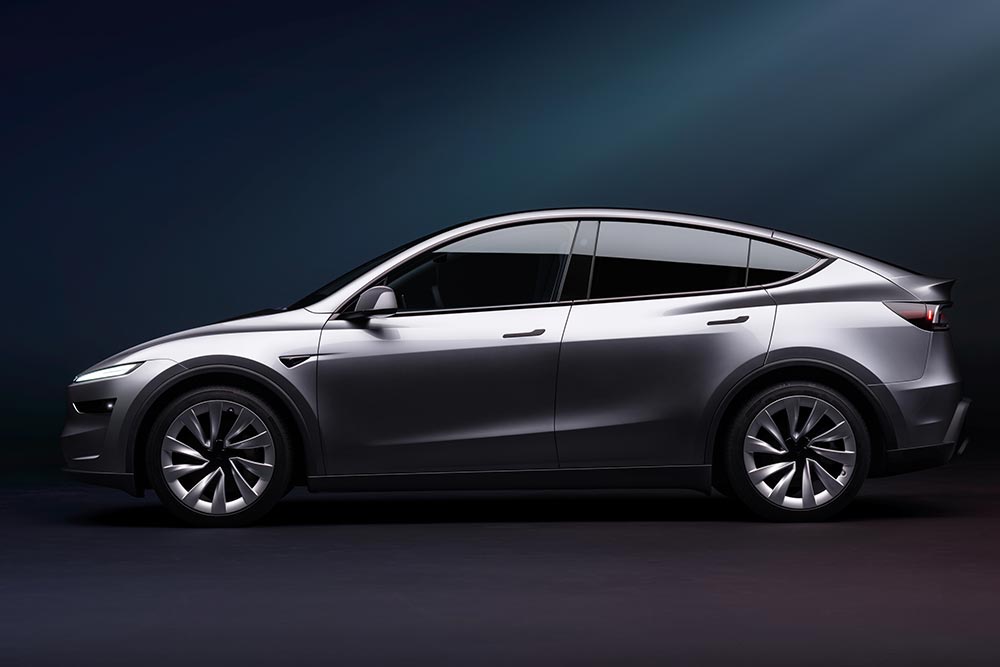
Tesla’s reluctance to manufacture locally reveals broader tensions in India’s EV strategy. The government wants technology transfer and job creation. Tesla wants market validation before major investments. Heavy Industries Minister H.D. Kumaraswamy confirmed what everyone suspected: “Tesla is not interested in starting manufacturing in India.”
This creates an interesting dynamic. Other luxury brands like Mercedes and BMW found ways to reduce costs through different import classifications and assembly operations. Tesla’s taking the pure import route, betting that brand cachet justifies the premium. Early booking numbers suggest they might be right – the company reported “strong interest” without revealing specific figures.
The discussions with Tata Group for supply chain partnerships hint at a possible middle ground. Tesla could increase component sourcing, establish R&D operations in Bengaluru, and gradually build local presence without committing to full manufacturing. It’s a hedge that keeps options open while minimising risk.
Competition Responds By Not Responding
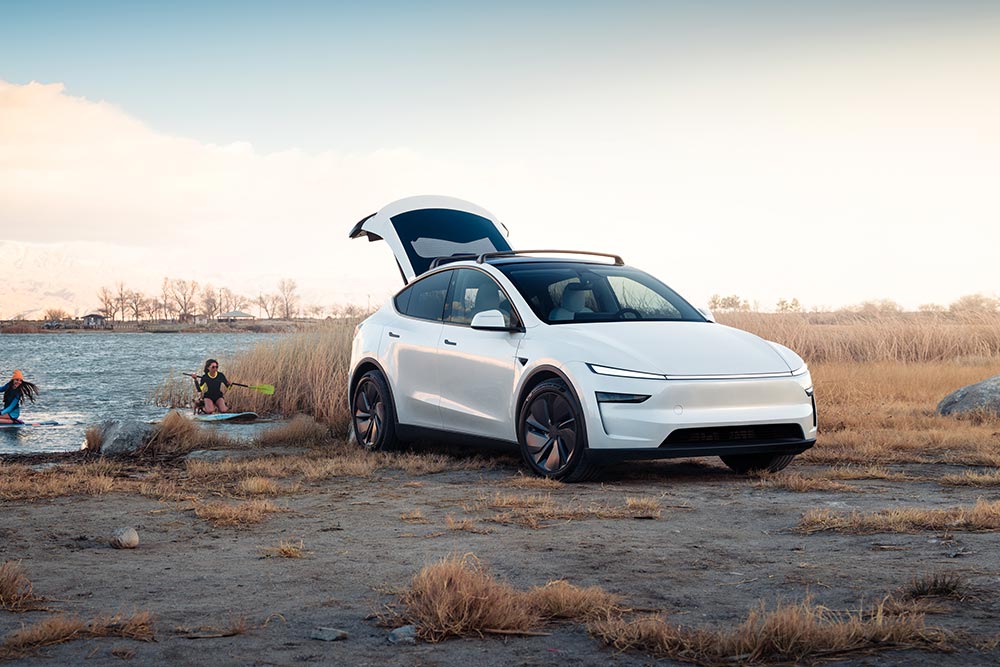
The most telling reaction to Tesla’s entry came from domestic manufacturers who essentially shrugged. Tata Motors continues focusing on the ₹8-25 lakh segment. Mahindra reported 360% growth without mentioning Tesla once. JSW MG Motor keeps pushing battery-as-a-service models that make EVs accessible to middle-class buyers.
These companies understand what Tesla apparently does too – India’s EV market isn’t one market but several. The premium segment where Tesla plays has different dynamics than the mass market where volumes live. A ₹60 lakh Tesla doesn’t compete with a ₹15 lakh Tata Nexon EV any more than a Ferrari competes with a Honda City.
The real competition for Tesla comes from established luxury brands with better service networks. BMW’s iX1 at ₹49 lakh undercuts Tesla while offering widespread service support. Mercedes provides the brand heritage Indian luxury buyers value. These companies spent decades building relationships and infrastructure Tesla lacks.
Reading Between The Lines
Tesla’s India strategy makes more sense viewed through the lens of global challenges than local opportunities. With sales slowing in core markets and stock down 23% over six months, the company needs new narratives. India provides that – a growth story to tell investors even if actual volumes remain minimal.
The approach also reflects Tesla’s evolved thinking about emerging markets. Rather than repeating expensive manufacturing investments like in China, they’re testing demand elasticity among wealthy buyers first. If India’s affluent class proves willing to pay massive premiums for Tesla vehicles, it validates a high-margin, low-volume strategy.
For India, Tesla’s arrival matters more symbolically than economically. It signals the country’s EV market has reached a maturity level that attracts global leaders, even if tentatively. It pushes infrastructure development and supplier capabilities forward. Most importantly, it forces domestic manufacturers to keep innovating rather than getting comfortable.
The Long Game
Tesla’s India entry isn’t about 2025 or even 2027. It’s about positioning for a market that could have 10-15% EV penetration by 2030 and might become the world’s third-largest auto market. Starting with imports lets Tesla build brand awareness, understand local preferences, and develop supplier relationships without massive capital commitments.
The question is whether Tesla’s premium strategy can sustain itself long enough to justify eventual localisation. Indian consumers are notoriously value-conscious, even at the luxury level. Brand cache only goes so far when competitors offer similar technology at lower prices with better service.
Tesla’s betting that enough wealthy Indians will pay double global prices for the brand experience. Early indicators suggest they might find those buyers in Mumbai and Delhi. Whether that translates into a sustainable business model or forces eventual manufacturing commitments remains the billion-dollar question.
For now, Tesla’s in India the same way it entered many markets – cautiously, purposefully, and with plenty of options to scale up or pull back. It’s not the grand entrance many expected, but it might be exactly the approach a maturing Tesla needs in an uncertain global market.
